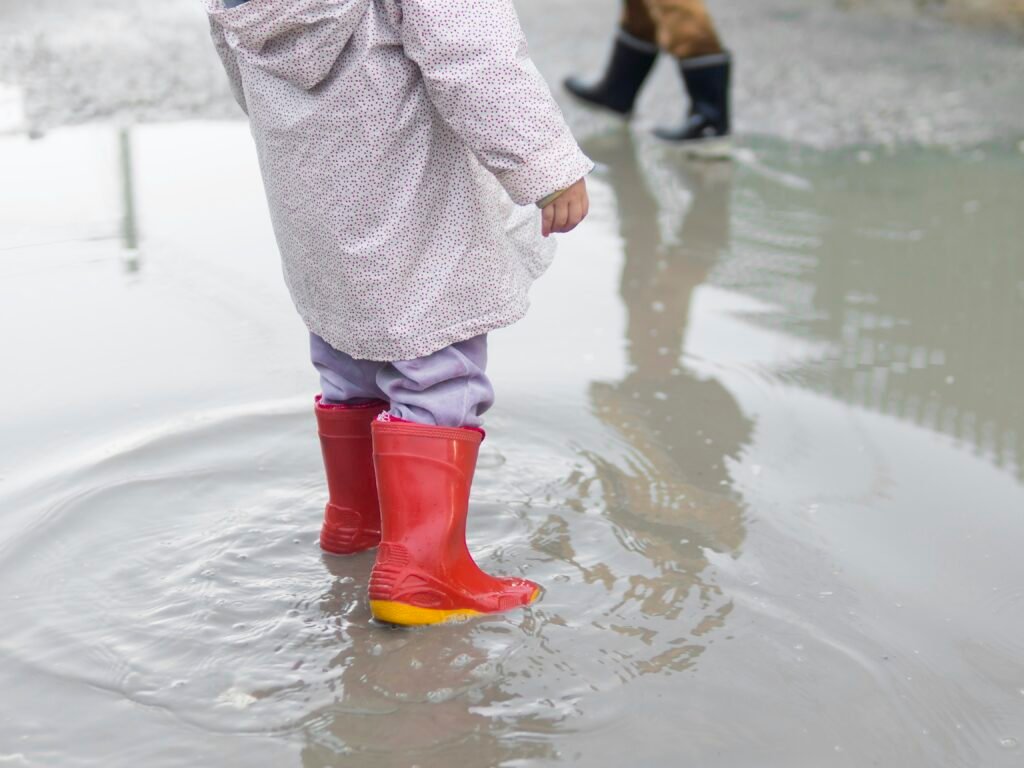Flood Insurance in Massachusetts is not just a precaution—it’s often essential. With more than 400,000 residents in the state living in a 100-year flood zone (meaning a greater than 1-in-4 chance of flooding during a 30-year mortgage), the risk is real. Whether you live on the coast or inland, understanding flood risk and coverage options is critical for protecting your home, your finances, and your peace of mind.
Why Flood Insurance in Massachusetts Matters
Massachusetts’ geography includes coastlines, rivers, wetlands, and cities with aging infrastructure. Flood damage doesn’t only come from hurricanes—it can result from heavy rain, snow-melts, or drainage issues. Standard homeowners insurance usually excludes flood damage, so without the right protection, families may face devastating costs after an event.
FEMA reports that around 25% of flood insurance claims in the U.S. come from areas considered low-to-moderate risk. In other words, floods can happen almost anywhere, and ignoring this reality leaves homeowners exposed.
What Affects Flood Insurance in Massachusetts
Several factors determine your need for flood insurance and the type of coverage you should consider:
Flood zones and mapping: FEMA determines risk zones (A, V, B, C, X) that influence requirements and coverage.
Elevation and design: Homes built higher above base flood elevation, or with flood vents, often face lower risks.
Property characteristics: The age, structure, and location of your home impact exposure.
Coverage limits and deductibles: Choosing the right balance helps ensure you’re not underinsured.
Flood map updates: FEMA periodically revises flood zones, which may change your property’s classification.
Myths About Flood Insurance in Massachusetts
Many homeowners assume that being outside a high-risk zone means they’re safe. The truth is that floods also occur in moderate and even low-risk areas. Another common misconception is that homeowners insurance covers flooding—it does not. A separate flood policy is required. Waiting until after a major storm warning is also risky, as coverage often includes waiting periods before it becomes active.

How to Prepare and Protect Yourself
Flood Insurance in Massachusetts is more than a box to check for your lender. It’s a safeguard against the unexpected. To make the right choice:
Check your FEMA flood map or use Massachusetts’ flood zone mapping tools.
Compare NFIP and private insurance options to see what works best for your property.
Consider mitigation strategies, like elevating utilities or adding flood vents, to reduce risk.
Review your policy regularly—especially after storms or when new maps are released.
Final Thoughts
Flood Insurance in Massachusetts is part of responsible homeownership. With climate change contributing to stronger storms and unpredictable weather, protecting your home from flooding has never been more important. Having the right coverage means protecting not only your property but also your financial stability and peace of mind.
At PIG, we’re here to help you understand your risks, review your options, and secure the right policy for your needs.



